.....Read More
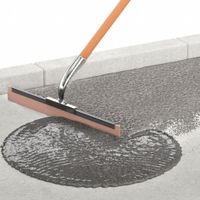
Asphalt Hand Tools
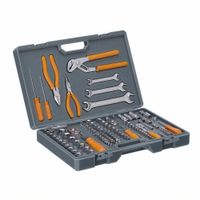
Assorted Tool Sets & Kits

Bolt & Screw Extractor Tools

Clamps

Concrete & Masonry Hand Tools
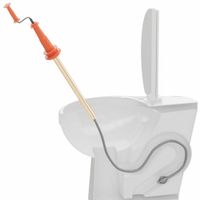
Drain Cleaning & Plumbing Hand Tools

Drywall Trowels, Tapers & Mud Pans
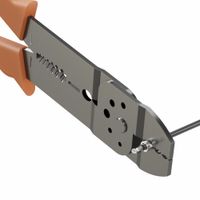
Electrical & Data Hand Tools
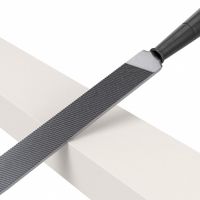
Files
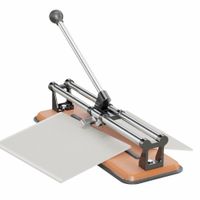
Flooring, Tile & Carpet Hand Tools

Hammers
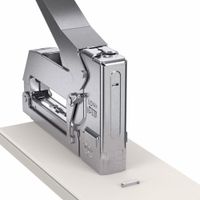
Hand Nailers, Staplers & Riveting Tools
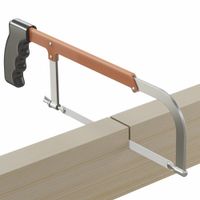
Hand Saws & Blades

Hand Tool Replacement Parts
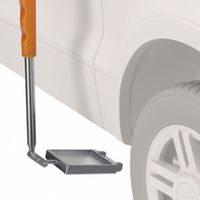
Inspection & Retrieval Tools

Knives & Blades
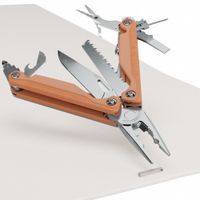
Multi-Tools
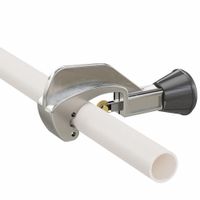
Pipe, Hose & Conduit Hand Tools

Pliers

Pryers & Pullers

Punching Tools & Chisels
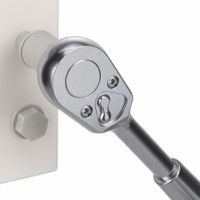
Ratchets & Drive Tools

Scissors, Snips & Cutting Tools

Scrapers & Compound Spreading Hand Tools

Screwdrivers, Nut Drivers & Keys
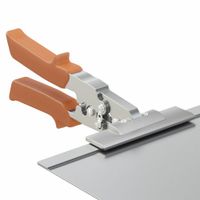
Sheet Metal Folders & Crimpers
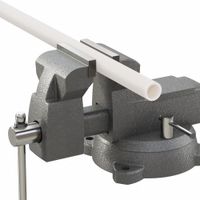
Vises & Anvils
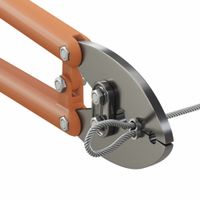
Wire Rope Swaging Tools

Wrenches
Frequently Asked Questions
What are the essential hand tools for home maintenance?
How do you properly maintain and care for hand tools?
What is the difference between a wrench and a ratchet?
How do you choose the right screwdriver for a task?
What safety precautions should be taken when using hand tools?
How do you sharpen and maintain cutting tools like knives and scissors?
What are the different types of pliers and their uses?
How do you use a hammer correctly to avoid damage or injury?
What are the best practices for using a hand saw effectively?
How do you select the right file for smoothing and shaping materials?